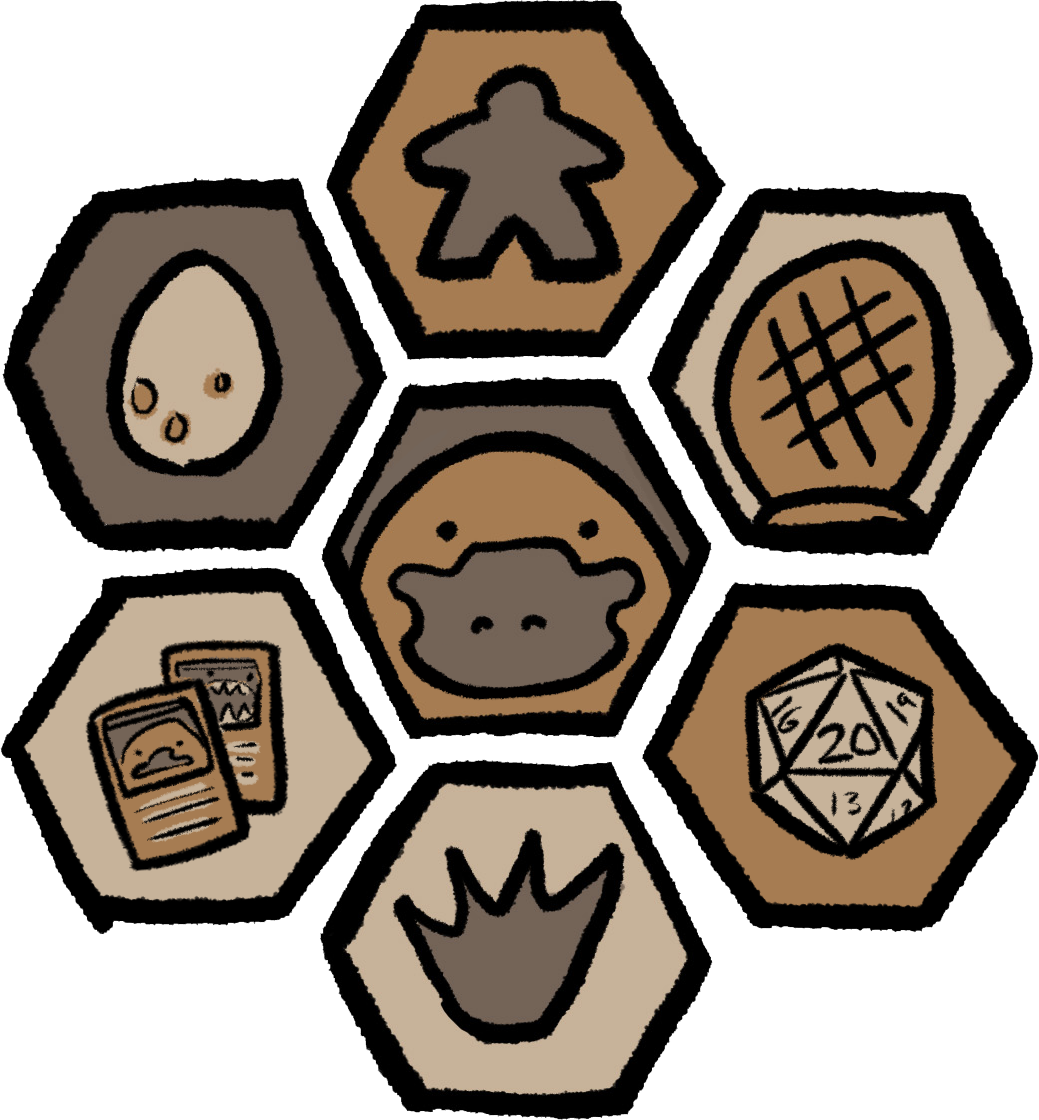Next on the list is what is probably one of the last abstract games on the list. We do have a soft spot for theme and immersion in our games so it is harder for them to reach the top. So there definitely has to be something special about Mixtour to get it this high up on the list. While it looks very usual on the board the intricacies of how you move and play in this game is really where it shines.
Each player has the goal of creating a tower at least 5 pieces tall with their piece at the top. The game is played best 3 out of 5 so one bad move won’t sink the game for a player. Moving the pieces around on the game board is based on the height of the stack. There are lots of games where the movement is based on the moving stack, but in Mixtour it is based solely on the size of the stack you are moving too. So if you are trying to move some pieces onto a stack that already exists and is two pieces tall - you have to be moving pieces that are two spaces away.
We generally do pretty well against new players before they come from behind and beat us because of how mind bendy the game is because of that unique movement mechanic. It takes a while before players figure out how to twist the movement rules to their benefit or see ways to stop their opponent. One of the main ways to stop them is to put pieces in between some obvious moves. As the other movement rule is you can’t jump over other pieces in play.
The unique strategies and game play have definitely cemented Mixtour on the Top 100, while more thematic games might come out and force it to slide down the list it is too great to fall too far. If you are a fan of a pure abstract games you owe it to yourself to give our #29 a try to see if you can master this unique and exciting game.




















